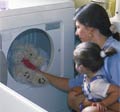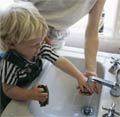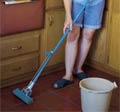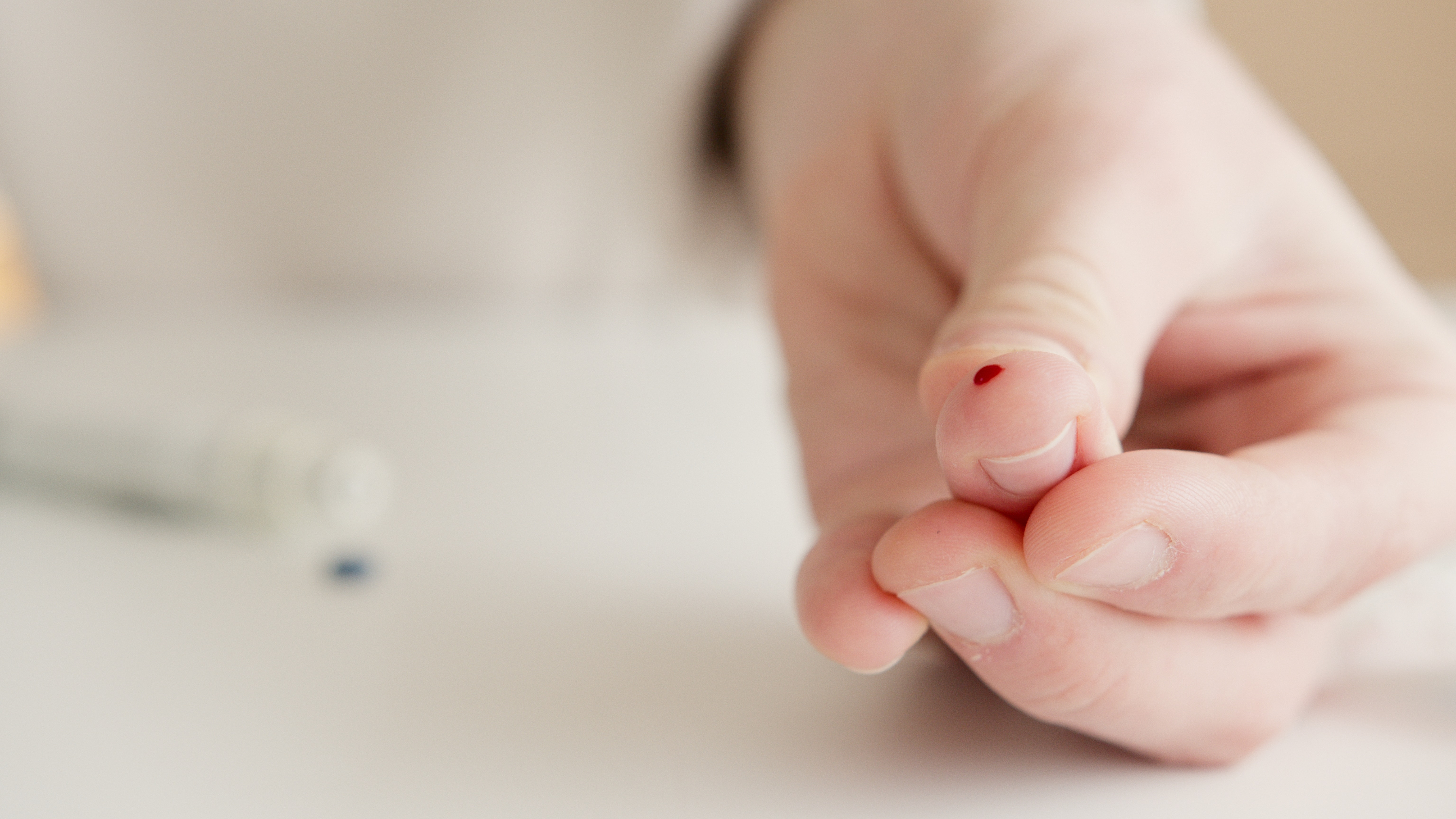Testing Children for Lead
Lead poisoning can make it hard for your child to learn, pay attention, or behave and may cause long-term health problems. Children may not look or act sick. Having your child tested for lead is the only way to know if there is lead in your child's body.
A blood lead test is required at one and two years old if your child:
- Is in a program such as Medi-Cal, WIC, or Head Start.
- Lives in or spends a lot of time in a place built before 1978 that has peeling or chipped paint or that has been recently remodeled.
If these do not apply, ask your child's doctor about their risk of lead exposure. A blood lead test for lead is free for children enrolled in the programs listed above, and health insurance companies will also pay for the test.
What To Expect When Blood Lead Testing Your Child
The test may be done at your child's doctor's office or at a laboratory. There are two methods of collecting blood for lead testing: capillary or venous. Capillary tests typically use blood taken from your child's finger. Venous tests use blood from a vein in your child's arm. Depending on the result, your child's doctor may order additional tests. Follow-up blood lead tests must be venous.
A Blood Test is the Only Test for Lead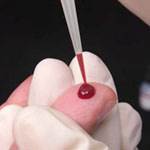
Anyone who feels that they are at risk for lead poisoning should ask their doctor for a blood lead test, or contact the Riverside University Health System - Community Health Centers. Call our program to get more information about testing at 800.346.6520.
Management Guidelines for Lead Poisoning Testing
Testing Household Items for Lead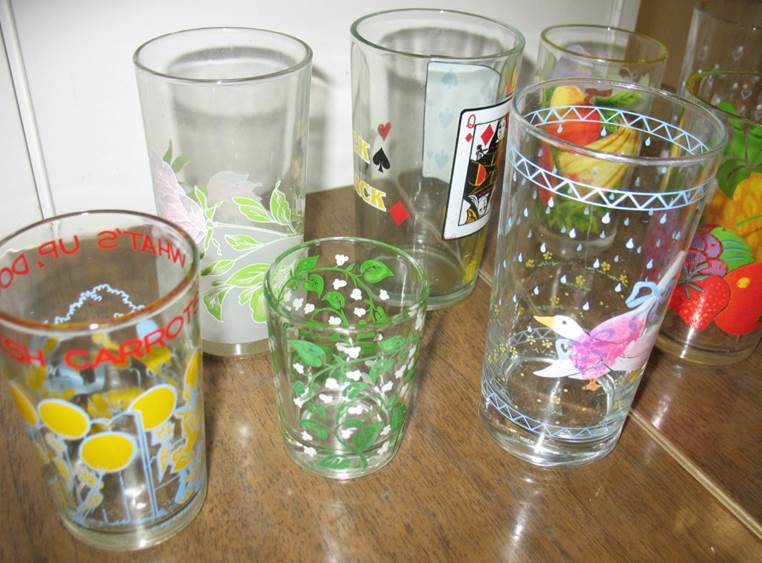
Hard household surfaces, such as dishes, pottery and toys can be tested for lead using a simple lead test kit. These test kits are available at hardware and building supply stores.
Structural components of pre-1978 homes can be presumed to have lead-based paint. The lead-safe work practices can be used for any repainting or remodeling. More detailed testing of homes can be done by hiring a state-certified lead professional.
Treating Lead Poisoning
Removing the source of lead and eating a healthy diet is the best way to treat lead poisoning. If lead levels are extremely high, hospitalization may be required along with a chelating medicine, which helps to remove lead from the body.
